Next week, many people will be traveling to see family and friends for Thanksgiving which will help SARS-CoV-2 and other respiratory viruses to spread. Most people are no longer masking in planes and airports, but N95 and KN95 masks can protect people from getting COVID, the Flu and RSV especially if worn in an enclosed space like an airplane. Air filters do not turn on until the airplane is in the sky, so it is especially important to wear a mask while boarding the plane and while taxiing for take off. Another way to protect yourself and others against COVID this Thanksgiving, is to have everyone test with a home rapid antigen test for COVID just before they come over. Other ways to help reduce the spread of COVID during the holidays include improving ventilation with air filters such as a Corsi-Rosenthal box or a HEPA filter.
This week, COVID cases are starting to increase as seen by wastewater virus increases with HV.1 and HK.3 pushing out other variants. Only 15% of U.S. adults have received the updated XBB.1.5 COVID vaccine which is unfortunate since the newest vaccine protects against the variants that are circulating now. The CDC is reporting that “BA.2” is at 1.0%, but JP Weiland estimates that JN.1 (Pirola BA.2.86 + L455S) actually represents 3% of COVID cases in the US now. JN.1 has increased rapidly in France and has overtaken HV.1 and HK.3 variants there.
New data from Yunlong Cao’s lab shows that there was rapid evolution of BA.2.86 to JN.1. The original BA.2.86 (Pirola) had many new mutations and could bind ACE2 receptors well for entry into human cells, but Pirola was still easily neutralized by our antibodies. With the addition of the L455S mutation to JN.1, JN.1 (BA.2.86+L455S) can evade Class 1 neutralizing antibodies. This allows it to outcompete both its precursor BA.2.86 and the prevailing variants HV.1 (XBB.1.5+FLip) and JD.1.1.
Regarding SARS-CoV-2’s effects on the body, a new comprehensive review article looks at the physiology of how SARS-CoV-2 affects our bodies, with a deep look into the effects of different types of viral RNA released (mitochondria, circular), antibody production, exosomes, cardiovascular and immune system changes caused by the virus, and the impacts of circulating factors on post-acute sequelae of SARS-CoV-2 (PASC, Long COVID).
COVID hospitalizations and Emergency Department visits for COVID are decreasing at this time, but they probably will increase again after Thanksgiving. Emergency department visits for other respiratory viruses, RSV in young children and influenza, are increasing. According to the CDC, vaccination rates for adults against respiratory viruses this season are low: only 15% for the new COVID vaccine, 36% uptake for the Flu shot, and only 14% of people age 60+ have gotten the RSV vaccine. Getting vaccinated protects the person vaccinated, but it also helps us make our collective immunity wall. Appointments for COVID vaccination and Flu vaccines can still be found at vaccines.gov. Getting a vaccine now can help protect against the spread of flu and COVID during the upcoming Christmas and New Years holidays.
Christina Pagel from the UK, shared how the COVID pandemic affected medical staff during the first year of the pandemic with heartbreaking and infuriating quotes from NHS staff on their horrific experiences. The COVID pandemic will affect healthcare systems for many years because of how it affected the people who took care of the sick.
The WHO updated their guidelines on medications to use for acute COVID infections. It is a “living document” meaning that the document is changed as new information comes in. Updates included how to best triage a person with non-severe COVID for medications in order to avoid hospitalization, and making VV116 and ivermectin experimental.
Typically, immunity to SARS-CoV-2 comes from a combination of exposures to the virus from vaccination and from prior infection. However, a new study from Ontario, Canada looking at older adults in long-term care and retirement facilities showed that prior Omicron infection with BA.1 or BA.2 did not increase protection against BA.5 reinfection. In fact, prior infection (BA.1 or 2) was associated with a 30-fold higher risk of reinfection with BA.5 later in the year in older adults. Reinfections with BA.5 increased with prior Omicron infection, but vaccination still protected older adults against reinfection.
In young children, prior COVID infection can significantly increase the risk of RSV (respiratory syncytial virus) infection. In a cohort study of 228,940 children aged 0–5 years, previously COVID-infected children may have long term adverse effects on their lungs or their immune systems that may cause them to be more susceptible to severe RSV infections. “Prevention measures such as [COVID] vaccines would be beneficial in preventing both COVID-19 infection and COVID-19-associated diseases including RSV infection.”
Cognitive impairment is a “hallmark of long Covid,” said Dr. Ziyad Al-Aly in a NY Times article entitled “Can’t Think, Can’t Remember: More Americans Say They’re in a Cognitive Fog.” Adults in their 20s, 30s and 40s are seeing the most cognitive impairment and researchers believe that undiagnosed Long COVID could be a major cause. Studies show that 20% to 30% of people who get a COVID infection can have fatigue and some cognitive impairment a few months later. Most have mild symptoms, but some people are quite impaired. “It’s not just fog, it’s a brain injury, basically. There are neurovascular changes. There’s inflammation. There are changes on MRIs,” said Dr. Monica Verduzco-Gutierrez, chair of rehabilitation medicine at the University of Texas Health Science Center at San Antonio.
SARS-CoV-2 can cause the brain to age prematurely by increasing a process called senescence which then leads to neuroinflammation of the brain. Senolytic drugs such as Bcl-2 inhibitors Navitoclax and ABT-737, and Dasatinib plus Quercetin (D + Q), were found to reduce premature aging caused by SARS-CoV-2 in brain organoids. Organoids are miniature versions of an organ, in this case the brain, which can mimic key functions of that organ.
A follow-up article in Nature Aging reviews that SARS-CoV-2 infection in human brain organoids, animal models and post-mortem brain samples from COVID infection all show that the virus can trigger senescence (brain aging). Pharmacologic agents that are senolytic, like Navitoclax, ABT-737, and D + Q, can improve COVID neuropathology and may help protect people from Long COVID cognitive effects.
A different study from Yale measured markers of inflammation in the CSF (cerebral spinal fluid) and the blood of 37 patients with neurologic Long COVID (Neuro Long COVID or Neuro-PCC). These patients' most common symptoms were brain fog (cognitive impairment) and severe fatigue. The authors concluded “Compared to controls, [there is] no evidence of overt neuroinflammation (normal CSF cell count, inflammatory cytokines) or blood-brain barrier dysfunction (normal albumin ratio) seen in these 37 Neuro-PCC patients, suggesting that persistent central nervous system immune activation is not a primary driver of neurological long COVID-19.” I was surprised by these findings.
Long COVID
The U.S. Census Bureau has proposed changes to their surveys about disability. Disability researchers and advocates say that this change would greatly decrease the correct counts of disabled people. Revising survey questions would affect funding for federal and state programs, Long Covid research, and more. The proposed change is open for public comment until December 19.
Regarding applying for disability in the United States for ME/CFS or Long COVID, the Open Medicine Foundation posted a 2 hour webinar on the subject here. PCORI announced new funding for Long COVID research. An applicant town hall meeting for the PCORI funding is scheduled for January 24, 2024. HHS is accepting applications for a Federal Advisory Committee on Long COVID and they are looking for people who either have Long COVID or who work with people who have Long COVID including caregivers.
In non-COVID news, HPV vaccines are so effective that cervical cancer screening policies may change. It is very important that both boys and girls be vaccinated against HPV in order to get herd immunity. Increases in vaccine misinformation has caused more parents to request non-medical vaccine exemptions for religious or philosophical reasons. But, this can be dangerous because when less than 95% of students are vaccinated, the risk for outbreaks of vaccine-preventable diseases like measles and polio increases. Ten U.S. states have exemption rates exceeding 5%.
The FDA granted approval for a home test for chlamydia and gonorrhea. Common food pesticides have caused a 50% in sperm counts worldwide over the last 50 years. The CDC and FDA released 77,000 additional doses of Beyfortus (nirsevimab-alip) which is a long-acting monoclonal antibody that can protect infants against severe RSV infections.
LEGO Replay helps people recycle their old LEGOs. The LEGO bricks are sorted and cleaned before they are donated to kids in need.
I will be taking off next week from the newsletter in celebration of Thanksgiving.
Have a great rest of your weekend,
Ruth Ann Crystal MD
COVID news:
US Variant tracker: https://covid.cdc.gov/covid-data-tracker/#variant-proportions
Variants in locations around the globe: https://outbreak.info/
CDC COVID data tracker: https://covid.cdc.gov/covid-data-tracker/index.html#datatracker-home
CDC COVID Hospitalizations (blue) and Emergency Room (orange) visits tracker: https://covid.cdc.gov/covid-data-tracker/index.html#trends_weeklyhospitaladmissions_7dayeddiagnosed_00
Weekly ED visits for respiratory illnesses, by age and disease: https://www.cdc.gov/ncird/surveillance/respiratory-illnesses/index.html
___________________________________________________
___________________________________________________
Flu view: https://www.cdc.gov/flu/weekly/
US Wastewater Monitoring for COVID:
CDC Wastewater Monitor https://covid.cdc.gov/covid-data-tracker/#wastewater-surveillance
Many places with “No recent data” (gray dots)
Biobot: https://biobot.io/data/
Wastewater SCAN: https://data.wastewaterscan.org/
Wastewater: California statewide view https://buff.ly/3YObiul
Sewer Coronavirus Alert Network (SCAN) project by Stanford University:
CDC Respiratory vaccination trends: https://www.cdc.gov/respiratory-viruses/data-research/dashboard/vaccination-trends-adults.html
COVID vaccination 14.8%
Influenza vaccination 36.3%
RSV (60+ years) vaccination 14.3%
https://twitter.com/JPWeiland/status/1724215400857047513
Variants
11/16/23 BioRxiv (Yunlong Cao's lab): Fast evolution of SARS-CoV-2 BA.2.86 to JN.1 under heavy immune pressure https://buff.ly/3R4XMjO
BA.2.86 (Pirola) has many new mutations and could bind ACE2 well, but it was not as immune evasive as other variants.
With the addition of the L455S mutation to JN.1, JN.1 (BA.2.86+L455S) can evade Class 1 neutralizing antibodies. This allows it to outcompete both its precursor BA.2.86 and the prevailing variants HV.1 (XBB.1.5+FLip) and JD.1.1 by better evading our neutralizing antibodies.
11/8/23 European Journal of Human Genetics: A comprehensive SARS-CoV-2 and COVID-19 review, Part 2: host extracellular to systemic effects of SARS-CoV-2 infection https://www.nature.com/articles/s41431-023-01462-1
“review of the latest knowledge about the SARS-CoV-2 viral effect on our physiology, as well as the latest research on relevant whole-body metabolism pathways, circulating biological components (e.g., RNA, cytokine, hormones, etc.), and affected organ systems and their physiological adaptations consequent to SARS-CoV-2 infection.”
“COVID-19 is a pleiotropic, complex, and dynamic condition (Fig. 4). The viral insults and cellular adaptations differ depending on the context, from cellular to organ systems, and intricate biochemistry ties and integrates these systems together. Herein, we have attempted to capture the prevalent host responses, as well as highlight gaps of knowledge that could be addressed with future research. We have also touched on relevant biochemical targets with potential for mitigating COVID-19 in the human host, and we will describe current and in-development treatment modalities that affect these in Part 3 of our review.”
Structure and description of different categories of RNA involved in COVID-19.
Review of how an acute COVID infection affects the body with a focus on the lungs
Social
11/12/23 Christina Pagel (UK): "I will never get over seeing whole families and healthcare workers die": Bearing witness to the experiences of NHS staff during the first pandemic year https://buff.ly/479sGwJ
Heartbreaking and maddening quotes from NHS staff.
11/8/23 Real incomes for the poorest half of UK workers ‘will not return to pre-Covid levels until 2026 for many families’ https://buff.ly/4696ce8
Antiviral treatments
11/10/23 BMJ: A living WHO guideline on drugs for covid-19, updated on 10 November 2023 https://buff.ly/3oHDVG6
Elderly
8/21/23 eClinical Medicine (Lancet): Early Omicron infection is associated with increased reinfection risk in older adults in long-term care and retirement facilities https://buff.ly/49GZHCf
Counterintuitively, SARS-CoV-2 Omicron infection with BA.1 or BA.2 was associated with increased risk of Omicron reinfection in residents of long-term care and retirement homes. Less robust humoral hybrid immune responses in older adults may contribute to risk of Omicron reinfection.
Reinfected participants had lower serum neutralizing antibodies to ancestral and Omicron BA.1 SARS-CoV-2, and lower anti-RBD IgG and IgA antibodies, after their initial Omicron infection.
8/31/23 Analysis: COVID-19 vaccine boosters are the best defence: Older adults shouldn’t rely on previous infection for immunity https://buff.ly/47zVkHp
Vaccinated older adults in long-term care and retirement homes in Ontario, Canada were studied.
“We found that those [older adults] who had battled the BA.1-2 variant of Omicron in early 2022 had a 30-fold higher risk of contracting the BA.5 variant later in the year. That was exactly the opposite of what we, or anyone, would have predicted.”
Prior Omicron infection with BA.1 or BA.2 did not protect against BA.5 reinfection in older adults. In fact, prior infection (BA.1 or 2) was associated with a 30x higher risk of reinfection with BA.5, but vaccination protected against reinfection better in older adults.
Pediatrics
10/13/23 Family Medicine and Community Health (Ohio): Association of COVID-19 with respiratory syncytial virus (RSV) infections in children aged 0–5 years in the USA in 2022: a multicentre retrospective cohort study https://buff.ly/3FVXEfQ
Cohort study of 228,940 children aged 0–5 years.
Prior COVID-19 infection was associated with a significantly increased risk for RSV infection among young children in 2022. Similar findings were replicated for a study population of children aged 0–5 years in 2021.
COVID-19-infected children could have potential long-term adverse effects on their immune and respiratory systems which made them susceptible to more severe RSV infections.
COVID-19 is an important contributing factor to the 2022 surge of severe pediatric RSV diseases, possibly through its lasting damage to the immune and respiratory systems of young children.
Prior COVID-19 infection was associated with a significantly increased risk for RSV infection in children under age 5 and may have been a driving force for the 2022 surge of severe pediatric RSV cases in the USA. “Prevention measures such as vaccines would be beneficial in preventing both COVID-19 infection and COVID-19-associated diseases including RSV infection.”
Long COVID
11/17/23 HHS: Announcement of Intent to Establish Federal Advisory Committee on Long COVID https://buff.ly/3QQAcWK
Nominations, including self nominations, must be submitted by 11:59 p.m. eastern time on January 16, 2024.
The Committee will consist of up to 20 members including people with Long COVID and their caretakers, Long COVID organizations; medical professionals caring for people with Long COVID; disability and Chronic Illness Groups related to Long COVID; Healthcare providers, social care providers, employee/employer groups, people doing research on Long COVID.
Available funding from PCORI for Long COVID research
PCORI: Broad Pragmatic Studies Funding Announcement -- 2024 Standing PFA (Cycle 1 2024) https://buff.ly/46lROiN
Jan 24, 2024 PCORI Fund Applicant Town Hall https://buff.ly/3R1SeX1
Per Michael Hoerger, “These applications are huge, often around 500 pages, so an interested group would likely need an academic institution with lots of staff to even get it submitted."
11/8/23 Science: How many in the U.S. are disabled? Proposed census changes would greatly decrease count https://buff.ly/3QT3q8g
Revised questions would affect funding for federal and state programs, Long Covid research, and more.
The proposed change will be open for public comment until 19 December, although the National Advisory Committee, which advises the Census Bureau on policy and research issues, will discuss initial comments on 16 November.
10/2023 The Open Medicine Foundation: The Nuts & Bolts of Applying for Disability Benefits in the U.S with ME/CFS or Long COVID https://buff.ly/3G39yVm
Neuro Long COVID
11/13/23 NY Times: Can’t Think, Can’t Remember: More Americans Say They’re in a Cognitive Fog https://buff.ly/3QJveeg
“Adults in their 20s, 30s and 40s are driving the trend. Researchers point to long Covid as a major cause.”
Cognitive impairment is a “hallmark of long Covid,” said Dr. Ziyad Al-Aly.
Studies estimate some 20% to 30% of people who get Covid have some cognitive impairment several months later, including people with symptoms ranging from mild to debilitating.
“It’s not just fog, it’s a brain injury, basically,” said Dr. Monica Verduzco-Gutierrez, chair of rehabilitation medicine at the University of Texas Health Science Center at San Antonio. “There are neurovascular changes. There’s inflammation. There are changes on M.R.I.s.”
SARS-CoV-2 causes the brain to age prematurely by increasing brain inflammation. Senolytic drugs reduce this in brain organoids and may provide treatment for COVID neuroinflammation.
11/13/23 Nature Aging: Senolytic therapy alleviates physiological human brain aging and COVID-19 neuropathology https://buff.ly/3MGvd9O
SARS-CoV-2 infection triggers senescence (deterioration with age) in brains of patients with COVID-19 and in human brain organoids (BOs).
Senolytic drugs selectively clear senescent cells (SC).
Senolytics tested: Bcl-2 inhibitors Navitoclax and ABT-737, and Dasatinib plus Quercetin (D + Q)
"Our findings therefore suggest a detrimental role for virus-induced senescence [deterioration with age] in acceleration of brain inflammation .. a potential therapeutic role for senolytics in the treatment of COVID-19 neuropathology."
Fig. 1: Long-term senolytic treatment prevents selective accumulation of senescent cells in physiologically aged human BOs.
Follow up article discussing the above findings:
11/17/23 Nature Aging: Insights into senolytic drugs for the treatment of SARS-CoV-2 infection in the brain https://buff.ly/3SMOAls
"Senescent cells in the brain contribute to age-related neurodegeneration. Analysis of SARS-CoV-2 infection in human brain organoids, animals and post-mortem brain samples from patients with COVID-19 reveals virus-induced senescence. Pharmacological senolytic treatment following SARS-CoV-2 infection improves COVID-19 neuropathology and could help to protect people from long COVID."
11/10/23 JAMA (Yale): Self-Reported Neuropsychiatric Post–COVID-19 Condition (Neuro-PCC) and CSF Markers of Neuroinflammation https://buff.ly/3FZVN9V
37 patients who self-reported neurologic long COVID, also known as post-COVID-19 condition (Neuro-PCC), and 22 asymptomatic controls.
Brain fog and cognitive impairment and excessive fatigue were the most frequent symptoms reported in the neuro-PCC group.
In the CSF:
Tumor necrosis factor-α levels were elevated (0.66 vs 0.55 pg/ul) while
Monocyte chemoattractant protein-1 and IL-6 levels (499 pg/ul vs 697 pg/ul and 1.2 pg/ul vs 1.8 pg/ul, respectively) were lower in neuro-PCC.
However, these differences were not statistically significant after accounting for multiple comparisons.
Neopterin, a marker of microglial cell activation, was not elevated in neuro-PCC.
Conclusion: “Compared to controls, no evidence of overt neuroinflammation (normal CSF cell count, inflammatory cytokines) or blood-brain barrier dysfunction (normal albumin ratio) was seen in Neuro-PCC patients, suggesting that persistent central nervous system immune activation is not a primary driver of neurological long COVID-19.”
11/10/23 CIDRAP explainer: Persistent CNS immune activation not main driver of neurologic long COVID https://buff.ly/46mNgsh
Other news:
11/9/23 Stanford Daily: Researchers create 'Jetsons'-style housekeeping robot called the TidyBot https://buff.ly/3uitjFK
11/13/23 Stanford Daily: Meet Roberto Smith, one of campus's viral dog walkers https://buff.ly/3svFfDB
11/8/23 STATnews: HPV vaccines are so effective that new screening policies for cervical cancer may be in order, suggests study https://buff.ly/3SE372J
It is important that both boys and girls be vaccinated in order to get herd immunity.
“Girls-only vaccination for HPV herd immunity requires 90% of girls to be vaccinated year on year since only half of the population is being protected, but immunizing boys starts to protect the other half of the population and the virus has nowhere to go,” Margaret Stanley, emeritus professor of epithelial biology at the University of Cambridge
11/10/23 CDC MMWR: Coverage with Selected Vaccines and Exemption from School Vaccine Requirements Among Children in Kindergarten, 2022–23 School Year https://buff.ly/3G1Nydy
During the 2022–23 school year, coverage
92.7% for DTaP,
93.1% for Measles, Mumps, and Rubella
93% for Polio.
The vaccine exemption rate increased 0.4 percentage points to 3.0%.
Vaccine exemptions increased in 41 states, exceeding 5% in 10 states.
When exemptions >5%, i.e. below 95% of students are vaccinated, the risk for outbreaks of vaccine-preventable diseases like measles and polio increase.
11/14/23 Katelyn Jetelina: Drop in routine vaccinations, Driven by an increase in vaccine exemptions and misinformation https://buff.ly/40IB3Nm
Decline of routine vaccines (i.e., DTaP, measles, mumps, rubella, and polio) for US in kindergartners especially because of non-medical vaccine exemptions (for religious or philosophical reasons) and misinformation on vaccines.
Now we're seeing outbreaks of measles and polio because herd immunity from vaccination is too low in many states.
11/13/23 CIDRAP: US Flu activity rises in most regions, especially the South https://buff.ly/40CMSVz
11/15/23 CNN: Common food pesticides reducing sperm count worldwide, study says https://buff.ly/47ykiH5
“Over the course of 50 years, sperm concentration has fallen about 50% around the world.”
11/15/23 STATnews: FDA grants approval for first time to a home test for chlamydia and gonorrhea https://buff.ly/3usXVo0
11/16/23 CDC: CDC and FDA Expedite the Availability of Additional Doses of New RSV Immunization for Infants https://buff.ly/47D0H8M
“Today, CDC announced the release of more than 77,000 additional doses of Beyfortus™ (nirsevimab-alip (100 mg), a long-acting monoclonal antibody designed to protect infants against severe respiratory syncytial virus (RSV) disease. These additional doses will be distributed immediately to physicians and hospitals through the Vaccines for Children Program and commercial channels – improving the availability of nirsevimab-alip for parents seeking to protect their eligible children, particularly those at highest risk of severe illness.”
LEGO® Replay helps fans recycle their old LEGOs and donate them to kids in need. LEGO.com/replay
The bricks are then sorted and cleaned before being donated to First Book.
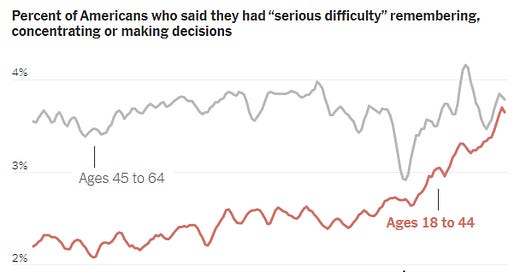


















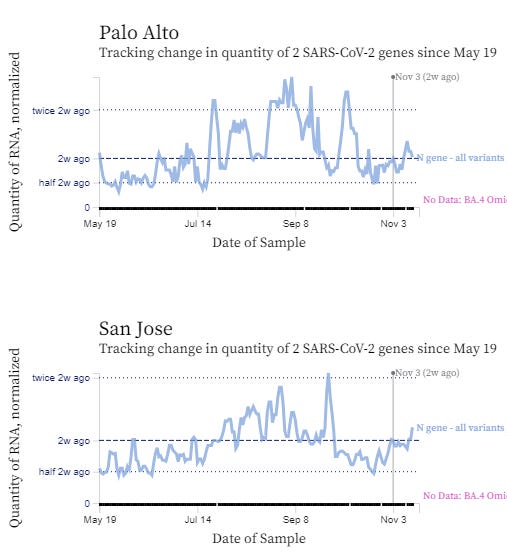



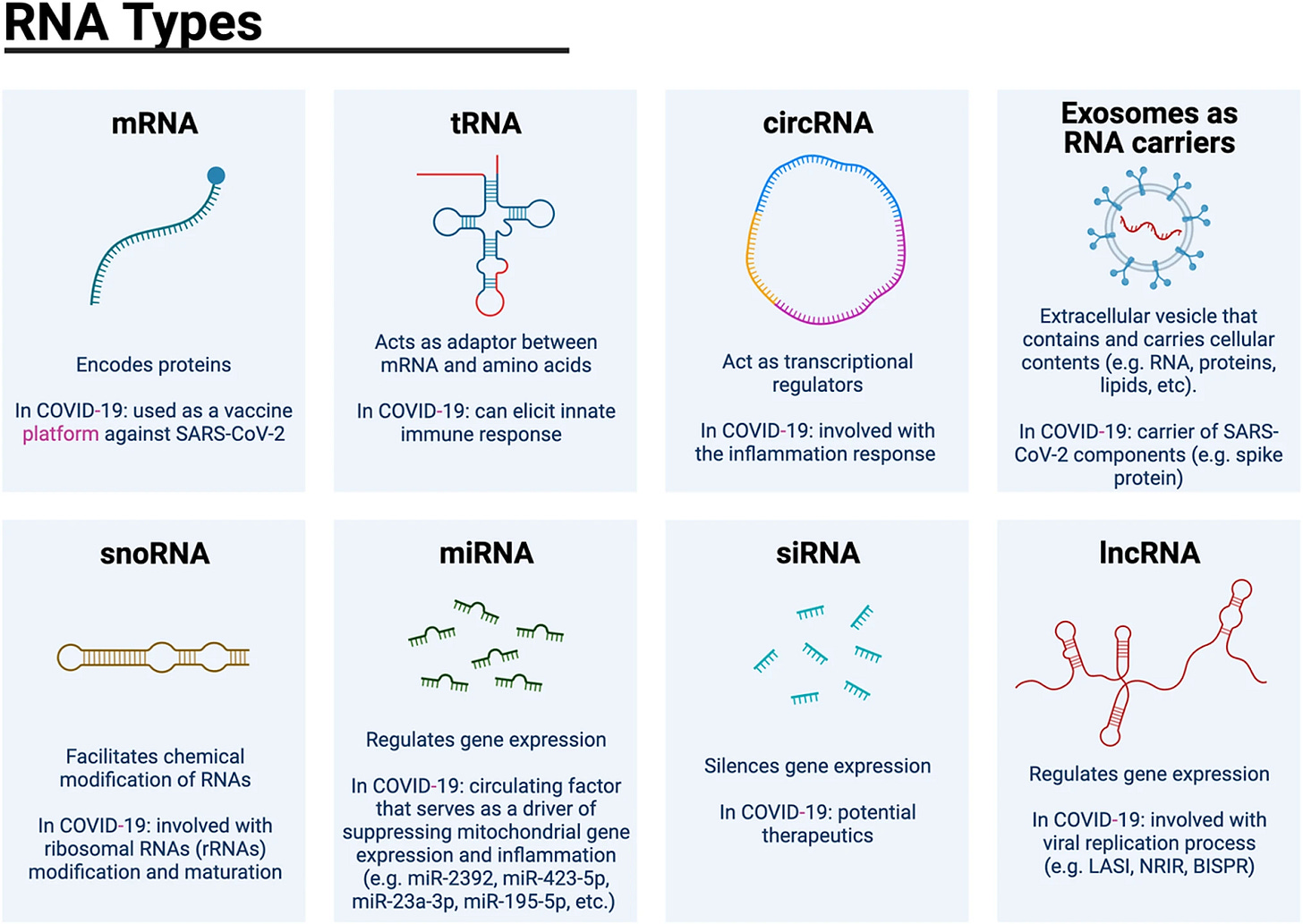

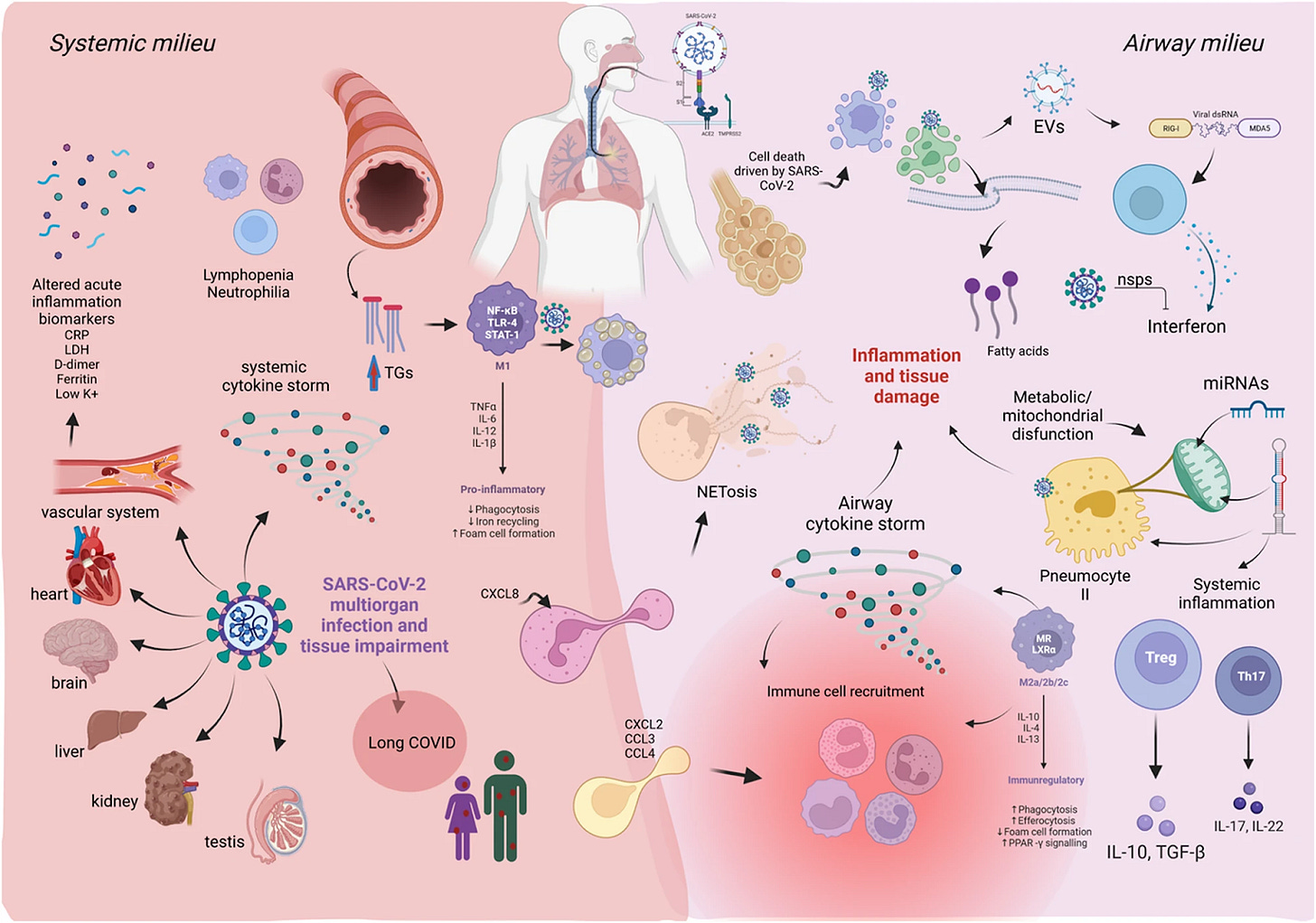
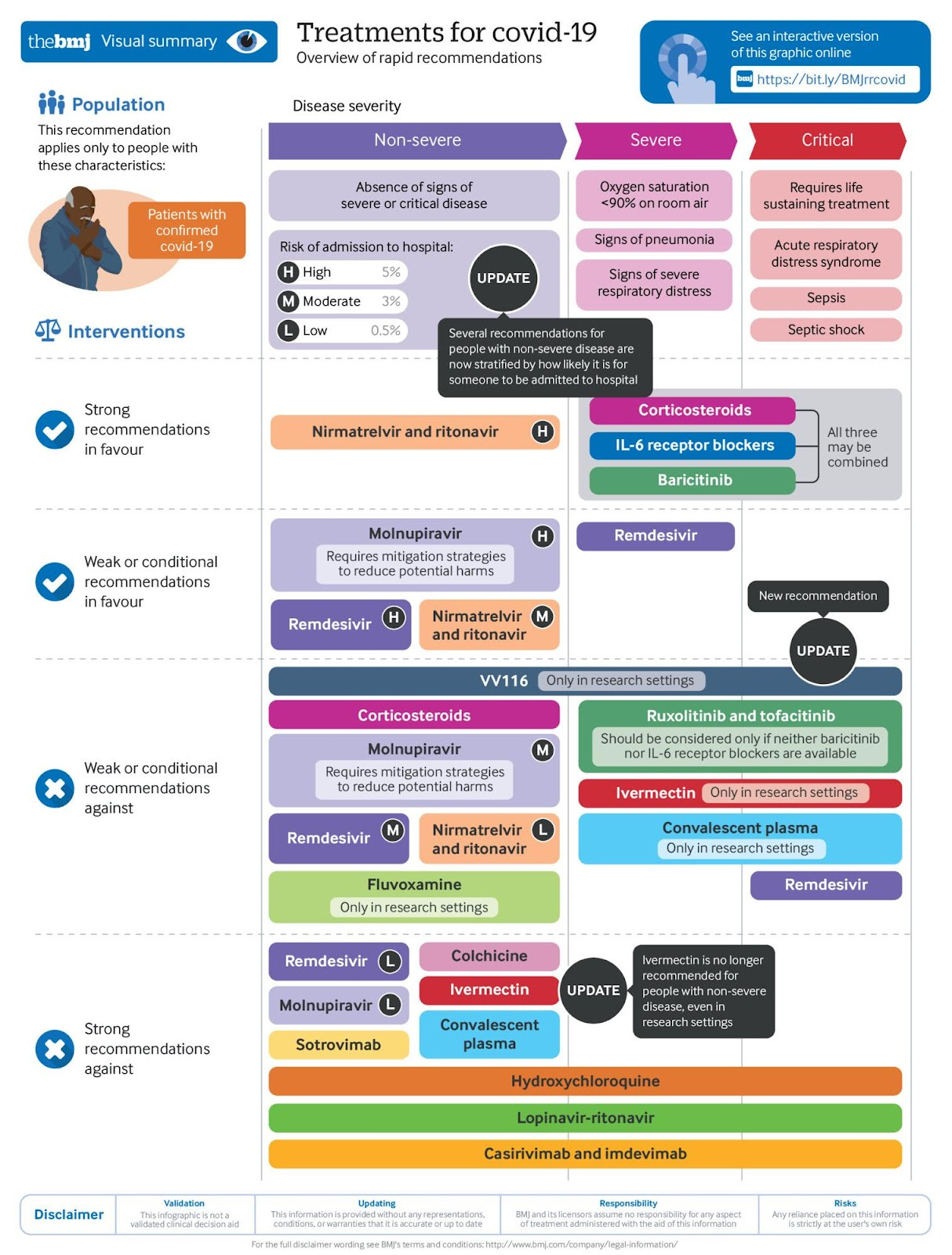




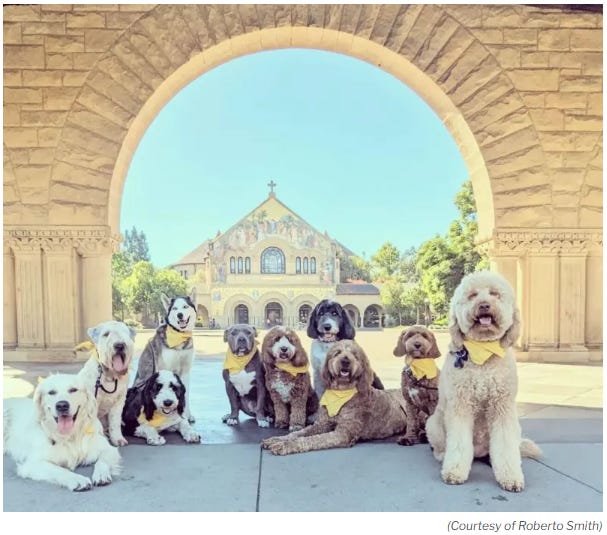
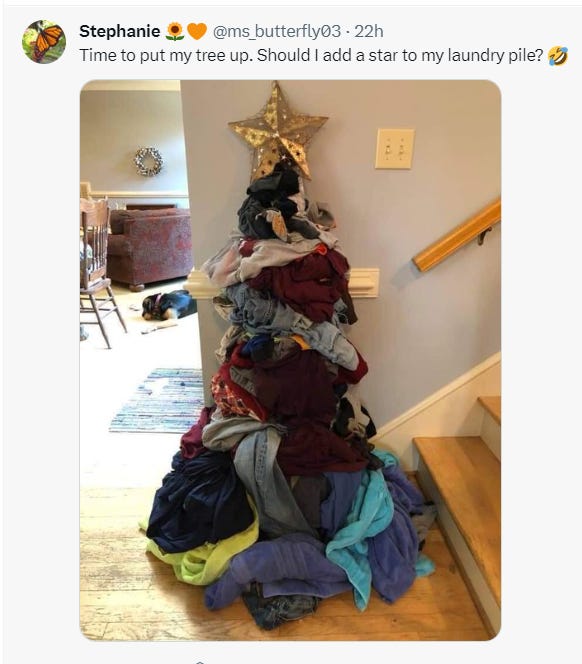


As a European I still don't get all the fuzz about Thanksgiving. But anyway, I wish you all the best for the holidays!
Thank you and have a lovely holiday!